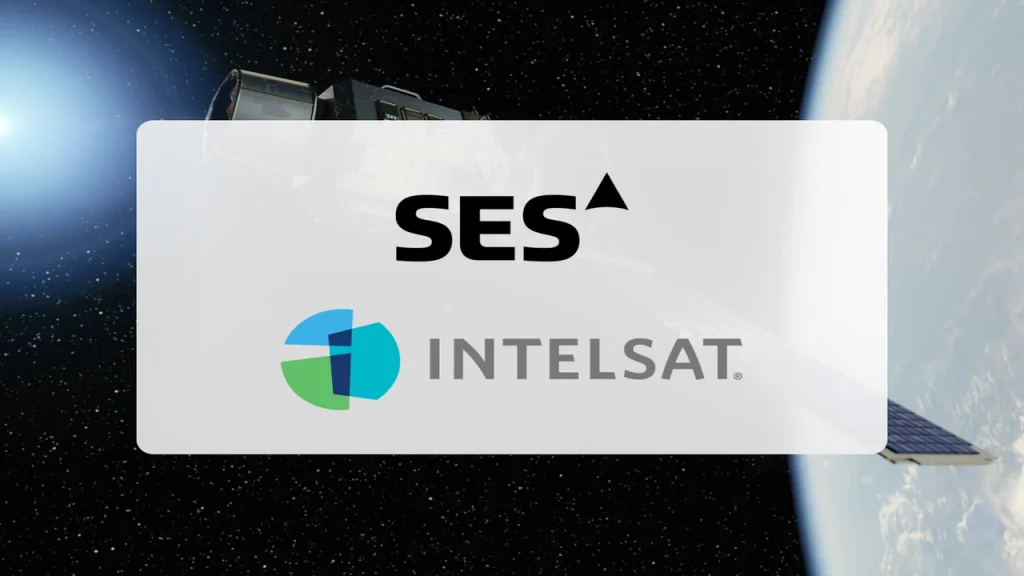- SES secures regulatory approvals for its $3.1 billion acquisition of Intelsat, forming one of the largest satellite operators
- The deal reflects growing consolidation in the satellite sector amid mounting competition from LEO networks
What happened: Approvals secured for SES–Intelsat merger
Luxembourg-based satellite operator SES has received all necessary regulatory approvals to proceed with its $3.1 billion acquisition of Intelsat, completing a deal that creates one of the world’s largest satellite services providers. Final clearances came from the European Commission, the Committee on Foreign Investment in the United States (CFIUS), and other key authorities, allowing the transaction—first announced in April 2024—to close as scheduled in Q3 2025.
This acquisition brings together SES’s existing GEO and MEO satellite infrastructure with Intelsat’s GEO fleet and global managed services, creating a combined revenue base of approximately $4 billion. According to SES CEO Adel Al-Saleh, the merged business will aim to deliver “greater scale and improved resilience” for customers across government, mobility, and media sectors. The new entity will operate under the SES brand but integrate Intelsat’s commercial operations and service contracts.
Also read: SES integrates AI platform to enhance edge services
Also read: SES invests in Lynk for direct-to-device services
Why this is important
This deal represents a significant shift in the satellite communications industry, which is facing increased pressure from low-Earth orbit (LEO) players such as Starlink and Amazon Kuiper. While SES and Intelsat operate largely in geostationary orbit (GEO) and medium-Earth orbit (MEO) segments, the market is rapidly evolving towards faster, lower-latency solutions. Consolidation has become a defensive strategy, as traditional satellite firms seek to pool resources, eliminate redundancies, and fend off competition from agile, vertically integrated newcomers.
The merger also follows the broader industry trend seen in moves like the Eutelsat-OneWeb tie-up and Viasat’s acquisition of Inmarsat. While SES and Intelsat bring scale and global reach, analysts caution that large-scale mergers are no guarantee of market dominance if legacy infrastructure cannot compete with LEO capabilities. As reported by SpaceNews, SES must now demonstrate that its hybrid GEO-MEO architecture can remain relevant in a changing ecosystem.
This deal further underscores the geopolitical importance of space-based connectivity, with CFIUS involvement indicating the strategic nature of spectrum control, especially for military and remote government services. More on SES can be found at its official site.

